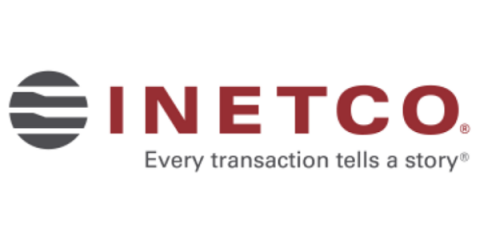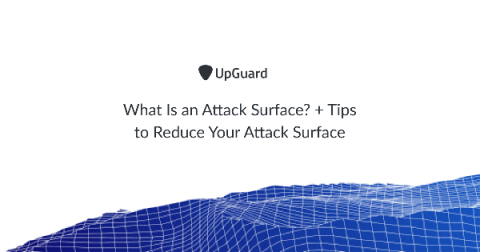Tips to Deliver the Level of Security and Experience Customers are Relying On
Welcome to blog 2 of our 3-part series featuring top recommendations to help financial institutions (FIs) navigate the impact of COVID-19 on their payment business. Last week’s blog shared tips to manage the surge in online and mobile banking transactions. This week, we’ll focus on card-not-present fraud. As we inch closer to June, the coronavirus continues to affect consumer purchasing behaviors – including an immense payments shift towards digital banking and e-commerce.









